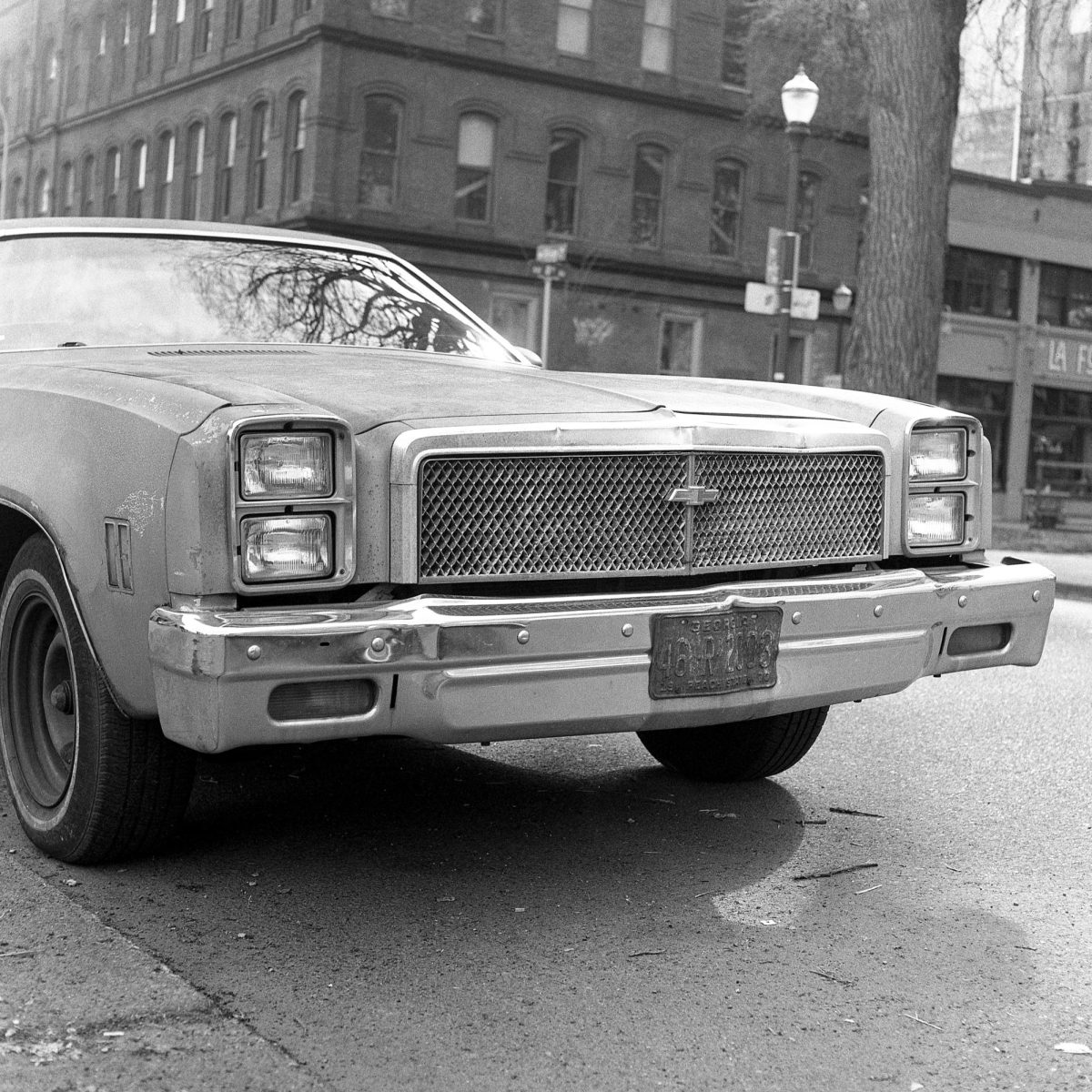For years it seems that gas-powered cars have been the norm, but will they be replaced by their electric and hydrogen fuel cell counterparts? Only time will tell.
On Jan. 29, 1886, Karl Benz, a German inventor, created the very first gas internal combustion engine car. After this, the creation of the gas-powered car exploded in popularity, inspiring new companies to form and create their own versions of Karl Benz’s invention.
1890 was when the gas-powered car would have competition from William Morrison, a chemist who made the first electric car. The electric car had a lot of support, including Thomas Edison who created the lightbulb and Ferdinand Porsche, who created the first hybrid car. In the end, Henry Ford’s Model T would take out the electric car with a mix of its popularity, low price point, and the decreased price of gas. By 1935, the electric vehicle disappeared, but not for long.
The Arab Oil Embargo of 1973 caused gas prices to rise significantly. As a result of this, Congress passed the Electric and Hybrid Vehicle Research, Development, and Demonstration Act of 1976. This created the Energy Research and Development Administration, which was a federal program designed to research, develop, and promote electric vehicle technologies.
There were some cars released around this time to combat the rising gas prices like the Citicar. Similar cars to the Citicar were released but didn’t catch on and gas remained the norm.
That was until 1996 when General Motors released the EV1, a fully electric car with a fast motor, and even Tom Hanks was a fan. So what went wrong? Why wasn’t it a success if people loved the car? There was a flaw with the charging system, so General Motors recalled all EV1 cars, but instead of fixing them, all but 40 of them were destroyed in 2003.
From there it seemed that the electric vehicle had its last straw and wasn’t coming back, until a small electric car manufacturer released a car that would start it all over again, Tesla. In 2004, they started prototyping a car they called the Roadster, and in 2008 it would get shipped out to customers.
From there, companies caught onto the new trend and started releasing their own electric cars. By the 2010’s, individuals and companies started to make more environmentally friendly cars to combat the carbon offset of gas-powered cars.
The 2010’s were when electric cars started to catch on. Companies like Nissan debuted the Leaf, a small electric car made to appeal for a gas alternative. New companies rose and tried making their own variations but most didn’t succeed.
It wasn’t until Toyota started pushing its line of hybrid cars that people started recognizing the benefits of electric and hybrid cars.
Charging an electric vehicle is cheaper than gas because they don’t require as much maintenance, and they don’t emit carbon dioxide, but still, people worry. Most electric cars don’t go as far as most gas-powered cars, charging takes a long time, and most batteries made for electric cars aren’t made in environmentally friendly ways. The life expectancy of these batteries is still unknown.
Even with these worries, companies like Tesla continue to try to resolve these problems. Their unique charging network allows faster charging than most electric cars. Their batteries are made in a solar-powered factory and have been proven to last over 10 years.
The majority of electric cars use a lithium-ion battery, these batteries are currently the best battery technology, but they don’t come without their flaws. For instance, they lose their charging capacity over time. Mining lithium is a controversial business because it destroys soil structure and can deplete water resources, making it difficult for the ecosystem to return to its natural state.
The batteries’ production process has improved, there is a lot of science that goes behind the making of a battery. Most lithium-ion batteries can be recycled, and a lot of components inside can be reused.
A lot of people think that electric vehicles are the only alternative to gas-powered cars, but there are a few others still being researched. For example, hydrogen fuel cell cars, a car that runs on hydrogen and only emit water. Of course, running on hydrogen worries people, but safety measures are being put into place. No hydrogen actually gets burned, instead, hydrogen and oxygen atoms are combined, which creates an electrochemical cell that drives the car forward.
Hydrogen fuel cell cars aren’t common and still in development, but in places like California, they have a few hydrogen filling stations. Hydrogen fuel cell cars have excellent range which averages over 300 miles (483 kilometers), and unlike battery electric cars, they don’t lose range by sitting.
A common way that companies get hydrogen is by splitting the hydrogen atom from water. This process requires lots of energy which could be green or dirty. Since this process is lengthy and difficult hydrogen prices are high. Hydrogen fuel cell cars have a promising future, but not without a lot of work and fill station implications.
As of right now, there are three main options for buying a car; gas, hybrid, and battery electric. Hydrogen fuel cell is also an option, if you live in a place that has pumps, but it’s limited by state in the US. With soaring gas prices, many people lean towards electric and hybrid vehicles, which are great alternatives to a regular gas car, but still aren’t perfect. The overall carbon footprint of an electric car is better compared to that of a gas car.
If you’re a person that has short commutes, has access to charging stations, looking for a fun car alternative, or wants to get away from rising gas prices, then electric and hybrid cars are just for you. If you’re not that person, there are still plenty of options for cars out there. Only time will tell what innovation will bring us.








